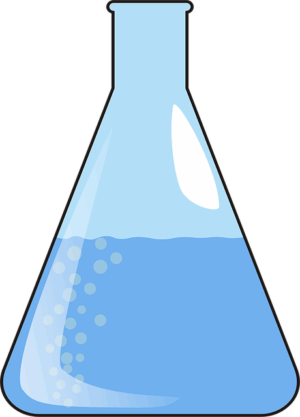Laboratory reports and scientific data are crucial for recording, communicating, and interpreting complex experiments and findings. They provide a structured format for presenting data, including context, methodology, results with visual aids, discussion comparing literature, and conclusions suggesting future research. Effective communication through these reports is vital for bridging the gap between scientists and diverse audiences, enhancing research impact, fostering collaboration, and enabling informed decision-making across disciplines. Understanding laboratory reports and scientific data is a key skill for academic success, empowering students to interpret results critically, identify errors, and explore new avenues of research, ultimately benefiting both their own projects and the scientific community.
In the realm of academia, laboratory reports and scientific data analysis are cornerstones of academic success. Effective communication of intricate findings is crucial for researchers to make meaningful contributions. This article guides you through the intricacies of laboratory reports and scientific data, exploring their structure, interpretation, and translation. By understanding these aspects, students can enhance their academic performance, ensuring their research resonates with the scientific community. Learn how to unlock complex insights and communicate results effectively for maximum impact.
- Understanding Laboratory Reports: Structure and Purpose
- Scientific Data Interpretation: Unlocking Complex Insights
- Effective Communication: Translating Results for Impact
- Enhancing Academic Performance through Data Mastery
Understanding Laboratory Reports: Structure and Purpose
Laboratory reports are essential documents that serve as records of scientific experiments, observations, and results. They provide a structured framework for presenting complex data, ensuring clarity and reproducibility in scientific research. A typical laboratory report includes sections such as introduction, methodology, results, discussion, and conclusions, each serving a specific purpose. The introduction offers context and the rationale behind the experiment, while the methodology details the procedures and techniques used.
Results present the raw data and findings, often accompanied by tables, graphs, or diagrams to illustrate trends and patterns. In the discussion section, researchers interpret the results, compare them with existing literature, and highlight any deviations or significance. Finally, conclusions summarize the key takeaways and suggest future research directions. Understanding this structure is crucial for both scientists and students aiming to interpret and generate effective laboratory reports and scientific data analysis.
Scientific Data Interpretation: Unlocking Complex Insights
Scientific Data Interpretation plays a pivotal role in unlocking complex insights hidden within laboratory reports and scientific data. It involves meticulous analysis, critical thinking, and domain expertise to derive meaningful conclusions from often intricate and nuanced information. By employing robust statistical methods, advanced analytical tools, and a deep understanding of experimental design, scientists can interpret data accurately, ensuring the validity and reliability of their findings.
This process is crucial for academic success as it fosters a deeper comprehension of research results, enables informed decision-making, and paves the way for innovative discoveries. Effective scientific data interpretation allows researchers to identify patterns, trends, and anomalies that might otherwise go unnoticed, thereby enriching the body of scientific knowledge and contributing significantly to their respective fields.
Effective Communication: Translating Results for Impact
Effective communication is paramount in scientific research, as it involves translating intricate laboratory reports and complex scientific data into clear, understandable information for various audiences, from peers to policymakers. Well-crafted laboratory reports not only document experimental methods and results but also serve as a bridge between the scientific community and the wider public.
Clarity and precision are key when presenting findings. Scientists must articulate their methodologies, results, and interpretations succinctly, ensuring that data is accessible without losing its integrity. This involves using appropriate language, visualizing data through charts and graphs, and providing context to help readers interpret the significance of the findings. Effective communication enhances the impact of scientific research, fostering collaboration and informed decision-making across disciplines.
Enhancing Academic Performance through Data Mastery
In today’s academic landscape, where research and evidence-based findings hold paramount importance, mastering the art of data interpretation is akin to unlocking a powerful tool for academic success. Laboratory reports and scientific data are not merely collections of numbers and graphs; they are gateways to uncovering profound insights that can shape our understanding of various fields. Students equipped with robust skills in analyzing and translating these data points gain a significant edge over their peers.
By delving into the intricacies of laboratory reports and scientific data, students can enhance their critical thinking abilities, develop an intuitive grasp of experimental methodologies, and cultivate a deep appreciation for the rigorous processes that underpin academic research. This mastery enables them to not only interpret results accurately but also identify potential sources of error or areas for further exploration. Such proficiency is invaluable in advancing their own research projects and contributing meaningfully to the scientific community.
Professional laboratory reports and scientific data interpretation are indispensable tools for academic excellence. By understanding the structured purpose of lab reports and effectively translating complex data, students can unlock profound insights and communicate their findings with impact. Mastering these skills enhances academic performance and prepares individuals to navigate the intricate world of science and research.
